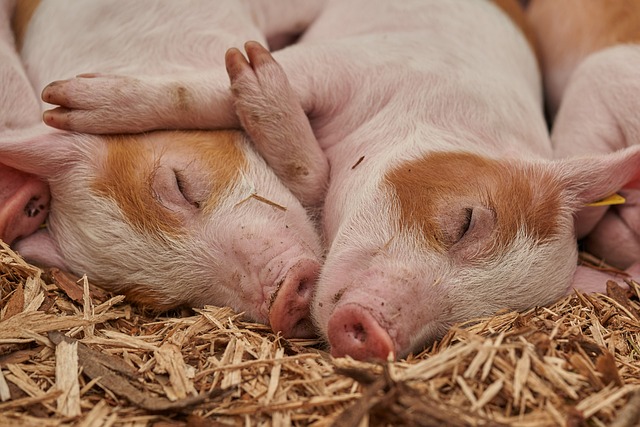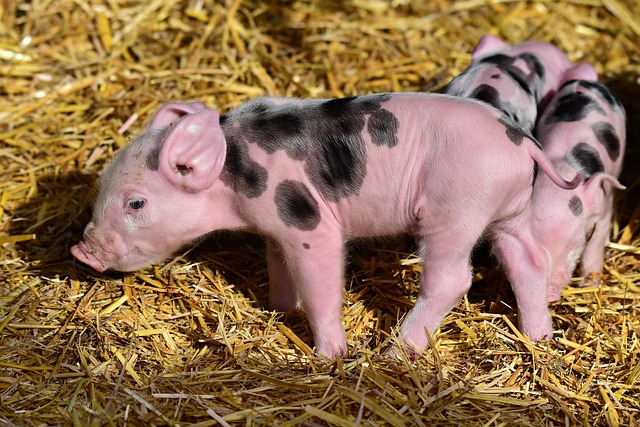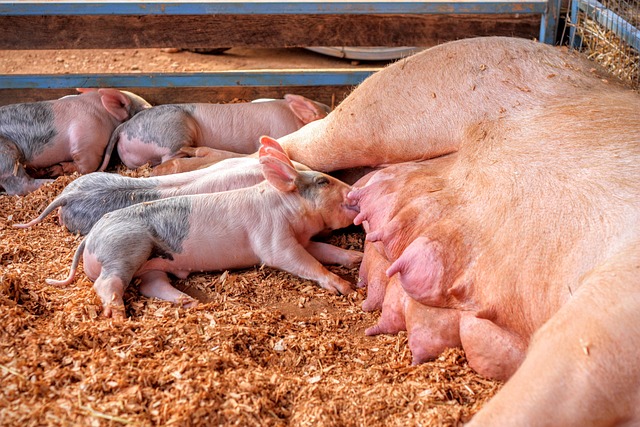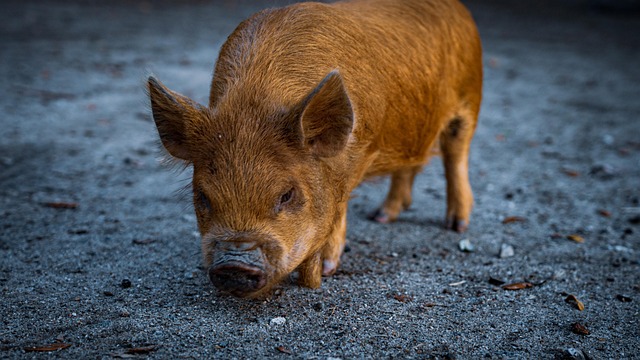By 2026, American classics like hot dogs and bacon might be made from gene-edited meat. This follows the US Food and Drug Administration’s (FDA) recent approval of genetically modified pigs, bred to resist a devastating swine virus. The development could mark a turning point not only for animal health but also for the future of food – and the world is watching closely. But is this a breakthrough in responsible agriculture or a step too far in biotechnology? Questions around food safety, ethics, and consumer trust remain central to the debate.
Contrary to some assumptions, gene-edited animals aren’t manufactured in laboratories like synthetic products. These animals are born naturally but are descended from ones whose DNA was altered at an early developmental stage – often a fertilised egg – using gene-editing techniques. The goal isn’t gourmet enhancement, but disease prevention.
In this case, the edit helps pigs resist PRRS (Porcine Reproductive and Respiratory Syndrome), a serious virus that affects pigs’ immune systems, often leading to miscarriages, illness, and death in young piglets. British company Genus is behind this development. It has bred pigs that are immune to PRRS after tweaking a single protein, CD163, which the virus normally uses to enter pig cells. The modified pigs are said to be biologically identical to their conventional counterparts – except they’re protected from nearly all known strains of the virus.
++ Elderly Brit, 83, dies after lick from granddaughter’s dog
PRRS is no minor issue. In the United States alone, annual efforts to manage the virus cost the pork industry around $1.2 billion (£878 million). In 2006, a large-scale outbreak in China killed around 400,000 pigs and infected millions more.
Given that no effective vaccine exists, gene-editing offers a promising alternative. And scientists argue that the modifications are minimal. According to Dr Christine Tait-Burkard of the University of Edinburgh’s Roslin Institute, who co-developed the technology, the edit involves removing just one segment – “bead number five” on a protein chain – out of nine. This subtle change blocks the virus without disrupting the protein’s other essential roles.
Interestingly, this genetic variant could theoretically occur naturally. “There’s probably a pig somewhere in the world with this resistance,” Tait-Burkard notes. “But selective breeding would take too long – that’s where biotechnology comes in.” The tool behind the edit is CRISPR, a highly precise gene-editing technology widely used in laboratories around the world. It functions like molecular scissors, targeting and removing specific sections of DNA with high accuracy and minimal collateral damage.
Once available, PRRS-resistant pigs are set to become the first widely eaten gene-edited livestock in the United States. However, they won’t be the first gene-edited meat approved there. The FDA has already greenlit hypoallergenic pork and heat-resistant cattle, while genetically modified fast-growing salmon is served primarily in US restaurants.
In Europe, the legal and cultural landscape is far more cautious. The European Union still prohibits the sale of gene-edited food, and although England has passed the Genetic Technology (Precision Breeding) Act, its provisions only apply to crops at this stage. Broader regulatory change for animal products remains a long way off. Still, the tide could shift if consumers come on board.
Public perception will be crucial. Dr Katie Sanders of North Carolina State University suggests that gene-edited products might enjoy greater acceptance than traditional genetically modified (GM) foods. One key reason is that CRISPR doesn’t involve adding foreign DNA from other species, unlike earlier GM crops such as ‘Bt corn’, which included bacterial genes.
In a recent survey conducted by Sanders and her colleague Dr Jean Parrella of Texas A&M University, early findings indicate that men, urban dwellers, and those with lower levels of formal education were more likely to say they’d purchase gene-edited pork. However, Parrella stresses that transparency and ethical marketing will be key to broader consumer buy-in. Genus, through its division The Pig Improvement Company (yes, that is the name), is already framing the technology as a tool for better animal welfare, reduced antibiotic use, and sustainability.
Scientists at the Roslin Institute are currently exploring edits to protect against other animal diseases, such as bovine diarrhoea virus. But some viruses, including bird flu, present a far more complex challenge. The protein targeted for PRRS resistance is, in Tait-Burkard’s words, “a beautiful target” – and such simplicity is rare.
++ Nature’s survivors: animals that withstand blistering heat
As for using gene-editing for productivity gains like faster growth or higher milk yields, traditional selective breeding remains the preferred route. Given the cost and complexity of genetic modification, experts believe it’s unlikely to be used to create ‘super-meat’ for now. Still, if gene editing proves to safeguard animal welfare, reduce antibiotic use, and benefit the environment without compromising food safety, it may become a staple of modern agriculture rather than a scientific novelty.





